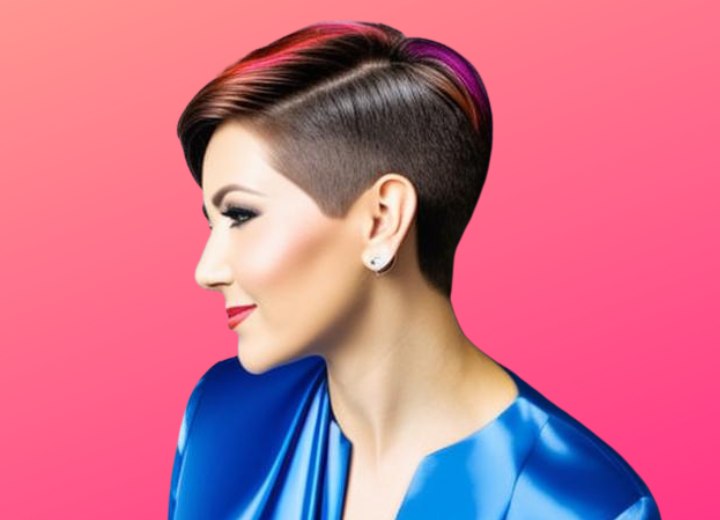Hair Coloring Problems (2)

Any of these traits can affect the way color processing works. An individual with very dense hair will retain the heat of the chemical reaction more readily at the scalp, and may also encounter issues with even distribution of the color formula. The result will be patchy and splotchy color results that are not pleasing to look at.
The individual whose hair is very coarse may take longer to process because the formula has further to penetrate in order to begin truly working the way it’s meant to do. Conversely, a person with very fine-textured hair could easily have their hair damaged by even half the processing time that would be needed for their coarse-textured counterparts.
A common example of this is gray hair, which becomes more resistant as it loses its natural pigmentation. Many individuals with gray hair comment that they cannot seem to get good color results because the color doesn't want to "take" in their hair. Resistance is the issue.
Finally, hair that has already been damaged by some other process (whether chemical service or heat styling, etc.) can easily become more damaged and should generally be treated VERY carefully when attempting a new chemical service on the damaged hair. It becomes another case where you never want to turn your back on it, and you also want to make sure to take and formulate as gentle a mixture as possible to use on the damaged hair.

Bad Hair Color Reactions
Finally, the last hazard we’ll discuss regarding this subject is bad color reactions. These occur when the operator applies a color to a client without making note of the current color, and without at least asking the client about other colors they may have used.
If a client has used a color formula on their hair with a specific base color (let’s say blue), and in an attempt to go blonder uses a color formula with a gold base color, you may very well find yourself staring down at a head full of green-tinted hair.
Such reactions often require additional services known as color-correction, and green is only one such potential reaction. Those who are blonde may end up brassy because their color is too yellow or orange. And those who are brunette could end up mousy and flat if they over-process their color and it gets too dark. This is a common problem for brunettes attempting to cover their gray.
©Hairfinder.com
See also:
Things that can go wrong when coloring hair
How to take hair texture and hair density into consideration when dying hair
Hair dying problems Q&A